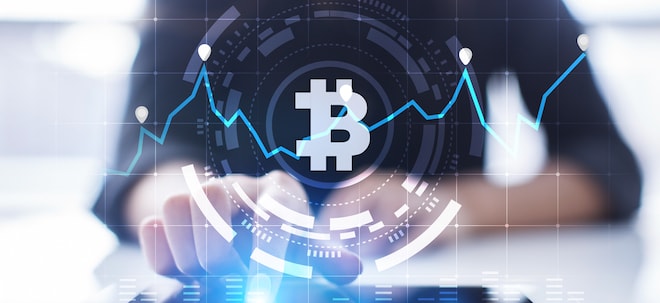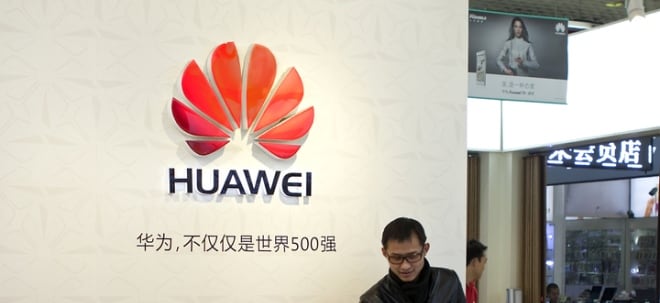Public Interest Tech Lab at Harvard Uncovers Voter-Registration Problems in 2024 Election
- Rolls out free app to improve voter list accuracy
CAMBRIDGE, Mass., April 24, 2025 /PRNewswire/ -- Unjustified removal from voter rolls and significant concerns surrounding voter registration accuracy during the 2024 presidential election are among the issues examined in three new studies from researchers at the Public Interest Tech Lab at Harvard University.
Why Voter Registration Needs a Watchdog—Every Day of the YearThe studies, published today, examine voter registration and last-minute voter roll changes, and also detail findings that raise questions about greater voter access, assurances of election integrity, and the need for real-time monitoring during elections.
Harvard professor and Tech Lab founder Latanya Sweeney, Ph.D., a pioneer in the field of data privacy and former chief technology officer of the US Federal Trade Commission, led the studies.
"We have voting rights organizations that uphold the fundamental right to vote, but we also need a non-partisan data watchdog," said Dr. Sweeney, Daniel Paul Professor of the Practice of Government and Technology at the Harvard Kennedy School and in the Faculty of Arts and Science. "While our newest research focuses on election activity in Ohio and Rhode Island ahead of the 2024 general election, the implications are more far-reaching as we were able to document critical risks in how states maintained their voter rolls, particularly in the weeks and months before the election.
"Non-partisan research institutes such as ours apply an objective data-driven approach to find the silent errors before they become barriers at the ballot box," Dr. Sweeney added.
Key Findings
Study One — investigated whether Ohio violated the National Voter Registration Act's 90-day "quiet period" before a federal election — a time when systematic voter removals are explicitly banned. A systematic review of the 109,119 voter-registration drops in Ohio during the federal law's 90-day quiet period (between late August and Election Day 2024) revealed a removal of 13% — 14,321 voters — which couldn't be legally justified based on voter death, incarceration, or registration updates. The study raises serious concerns about compliance with federal law and the growing role of third-party voter challenges in driving unverified removals. [techscience.org/a/2025041703]
Study Two — introduced a new metric, the Erroneous Removal Rate (ERR), to assess the accuracy of voter list maintenance in Ohio. Among 158,857 registrations flagged for removal, between 1% and 1.5% of those deleted had to re-register under the same name and address. While lower than thresholds in other states, these mistaken removals still represent thousands of eligible voters who nearly lost their right to vote. The study also identified troubling geographic disparities, like Warren and Girard, Ohio exhibiting disproportionately high rates of erroneous removals—7 percent and 9 percent, respectively, highlighting the importance of oversight in list maintenance processes. [techscience.org/a/2025041702]
Study Three — tested whether a single, well-timed text message could prompt inactive or at-risk voters to update their registrations. In Rhode Island and in Ohio, researchers sent messages either to voter-provided numbers or to phone numbers obtained from data brokers. The result? A statistically significant increase in registration updates: 11% of Rhode Island voters, and 5% of Ohio voters who received texts re-registered or updated their records in time to vote — compared to 9% and 4%, respectively, among those who didn't receive a message. The findings underscore the power of digital outreach to boost electoral participation. [techscience.org/a/2025041701]
Voter Status Monitoring: VoteFlare App
The team also announced its free app,VoteFlare, a real-time monitoring tool that alerts voters via text message if their registration status changes unexpectedly. VoteFlare is a practical example of how modern outreach tools help voters stay eligible after they register.
"Voter registration lists aren't static. They're in constant flux," said Dr. Sweeney. "This realization inspired us to create a solution that would address these concerns. Our app, VoteFlare, is the result." To access the app, voters can visit: https://voteflare.org/
In addition to VoteFlare, the Lab has released a host of other free apps that benefit society at large. These can be found at: https://techlab.org/projects.html
Ongoing Funding Needed
Like the vast majority of research institutions in the United States that receive some federal funding, the Public Interest Tech Lab at Harvard seeks funding to continue its vital work to apply targeted data-driven research to addressing societal issues.
About the Public Interest Tech Lab
The Public Interest Tech Lab at Harvard addresses society's greatest challenges and advances technology that serves democracy and civil society. The Lab conducts real-time, data-driven research to improve public systems, increase accountability, and strengthen participation in democratic institutions. For more information, visit: https://techlab.org/
Media Contact:
Max Boland
Public Interest Tech Lab, Harvard University
media@techscience.org Tel 617-998-1726
![]() View original content to download multimedia:https://www.prnewswire.com/news-releases/public-interest-tech-lab-at-harvard-uncovers-voter-registration-problems-in-2024-election-302437343.html
View original content to download multimedia:https://www.prnewswire.com/news-releases/public-interest-tech-lab-at-harvard-uncovers-voter-registration-problems-in-2024-election-302437343.html
SOURCE Tech Lab, Harvard University



